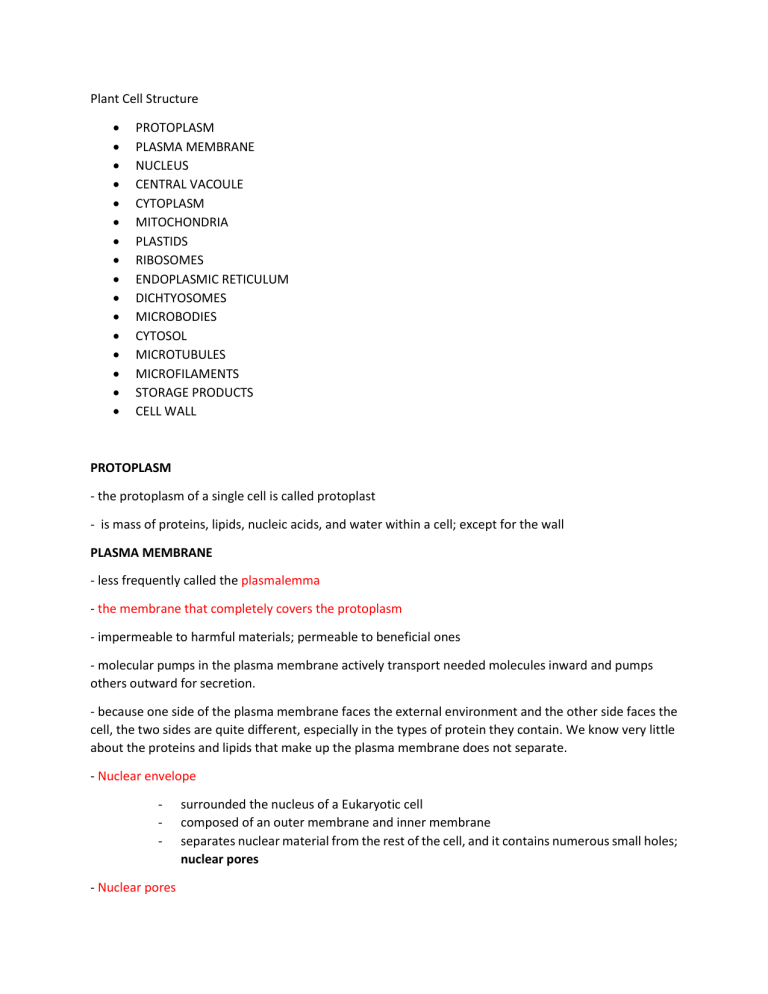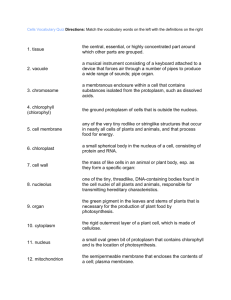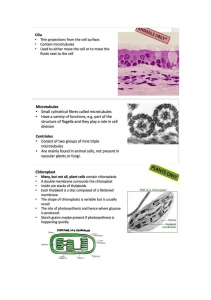
Plant Cell Structure PROTOPLASM PLASMA MEMBRANE NUCLEUS CENTRAL VACOULE CYTOPLASM MITOCHONDRIA PLASTIDS RIBOSOMES ENDOPLASMIC RETICULUM DICHTYOSOMES MICROBODIES CYTOSOL MICROTUBULES MICROFILAMENTS STORAGE PRODUCTS CELL WALL PROTOPLASM - the protoplasm of a single cell is called protoplast - is mass of proteins, lipids, nucleic acids, and water within a cell; except for the wall PLASMA MEMBRANE - less frequently called the plasmalemma - the membrane that completely covers the protoplasm - impermeable to harmful materials; permeable to beneficial ones - molecular pumps in the plasma membrane actively transport needed molecules inward and pumps others outward for secretion. - because one side of the plasma membrane faces the external environment and the other side faces the cell, the two sides are quite different, especially in the types of protein they contain. We know very little about the proteins and lipids that make up the plasma membrane does not separate. - Nuclear envelope - Nuclear pores surrounded the nucleus of a Eukaryotic cell composed of an outer membrane and inner membrane separates nuclear material from the rest of the cell, and it contains numerous small holes; nuclear pores - - involved in the transport of material between the nucleus and the rest of the protoplasm. have a complex structure and exert control over the movement of materials. If a nucleus is extracted from a cell and placed into water, it swells; this can happen only if the pores prevent material from oozing out as the nucleus absorbs water. Prokaryotes have no nuclear envelope; instead, DNA is simply mixed with the rest of the cell contents. - Nucleoplasm - - A substance within the nucleus A complex association of (1) DNA; (2) Enzymes and other factors necessary to maintain, repair, read DNA ; (3) histone proteins that supports and interact with DNA;(4) several types of RNA; and ( 5) water and numerous other substances that are necessary for nuclear metabolism. Nuclear DNA




